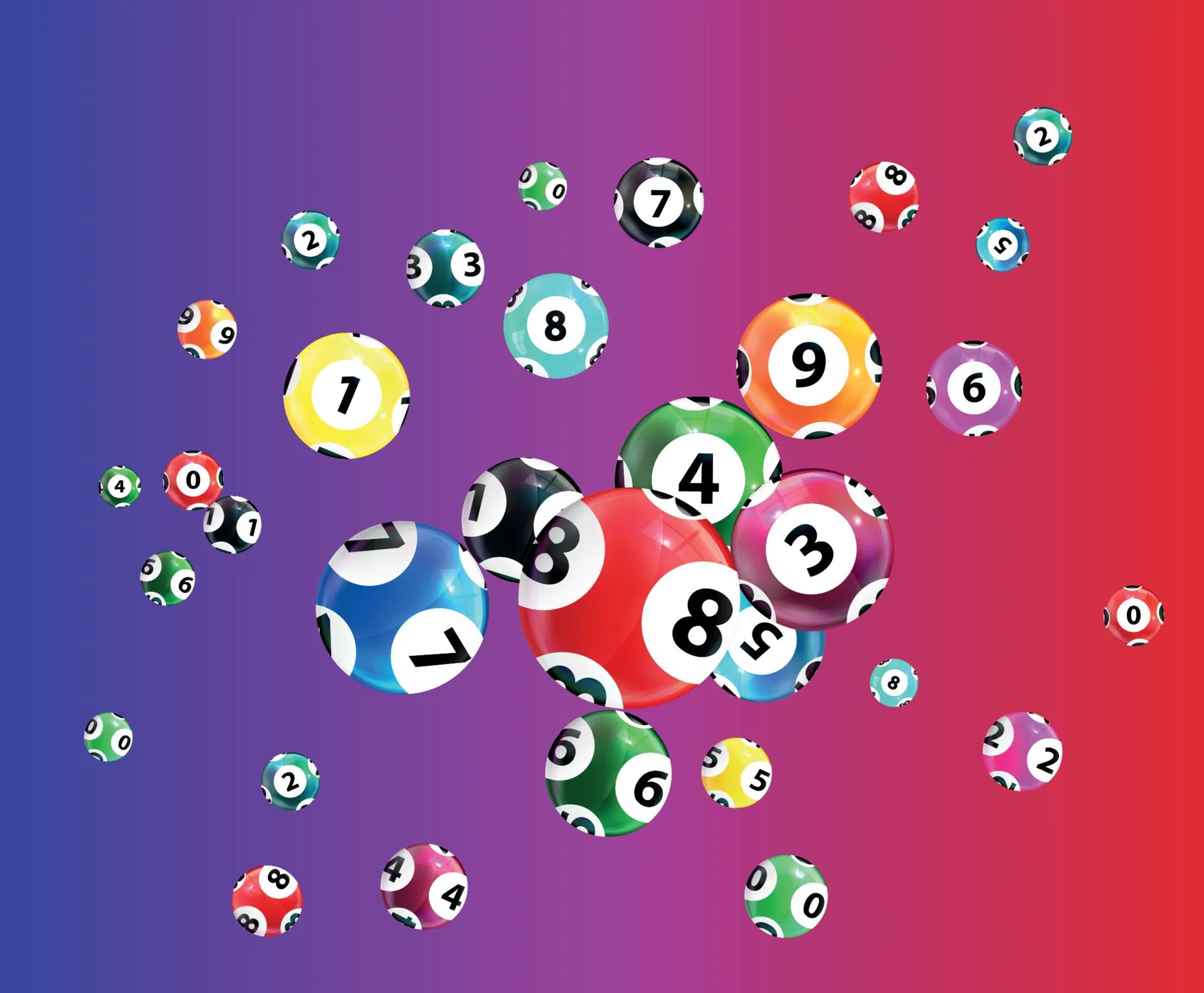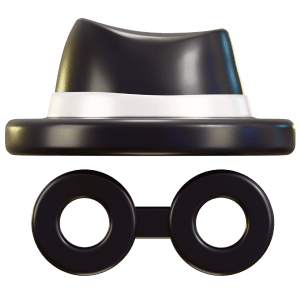Ever suspected something like the dice have a personal grudge against you? Well, you’re not alone. Whether you’re deeply in a Mice and Mystics campaign, at the craps table in Vegas, or playing a friendly board game, getting that perfect roll can look like black magic. But that’s the thing: it’s not all about luck and fortune.
But here’s the thing: it’s not all luck. There’s real technique behind the perfect dice throw. In this guide, we’ll walk through how to roll dice with more control, explain the science, share practical dice rolling techniques, and sprinkle in a few stories that sound like fiction but are rooted in experience. Let’s roll.
How to Roll Dice: The Basics
Before we talk about magic numbers and sneaky tricks, let’s go back to basics. Rolling dice seems simple — grab it, toss it, hope for the best. But even this basic motion has layers.
So, how to roll a six every time properly:
- Grip matters: a firm but not tight grip helps maintain control.
- Release point: letting go too late or too early ruins your throw.
- Angle of release: flatter throw helps the dice tumble more naturally.
- Surface: a soft felt surface will absorb some bounce, while hard tables cause more unpredictable spins.
The physics behind the roll
A standard 6-sided die D6 is designed to be fair. Each side should, in theory, have an equal 1/6 probability — 16.67%. But your throw introduces variables: speed, spin, angle, and friction. The more compatible these are, the more predictable your rolls become.
Want to know how to roll a 6 every time? We’ll get to that in a bit. Spoiler alert: there’s no magic spell, but there’s a trick or two.
Best Dice Rolling Techniques for Accuracy
Let’s talk dice rolling techniques that actually improve control. They aren’t hacks to cheat the physical laws, but they will help you be more consistent. If you’ve ever wondered — Is there a technique to rolling dice? — the answer is yes.
- The controlled throw
Also known as “dice setting” or “precision shooting”, this method is famous in the world of casino craps. The idea? Set the dice with specific numbers on top and toss them gently so they stay aligned.
- Start by placing both dice with your desired numbers up, for example, double sixes.
- Throw softly with minimal spin, letting them hit the back wall at a shallow angle.
This is a legal move in most casinos, but if you get too good at it, the pit boss might take notice, especially if you secretly know how to roll a six every time.
- The wall bounce
Some believe the best way to roll dice is to bounce them off a wall. The trick is to master the angle and force so they spin just enough but don’t fly off wildly.
- Hold the die between the thumb and forefinger.
- Toss it at a 45-degree angle to the back of the board.
Over time, that gives you better control and increases the odds of hitting favorable numbers — how to roll dice to get 6.
- The one-hand spin
Want to roll like a pro? Try giving the die a bit of a spin with your fingers. Not a crazy roulette-style spin, just enough to keep things random but consistent.
This technique is ideal if you’re using loaded dice — we’re not endorsing cheating, just saying they exist.
How to Roll Dice Better with Practice
Practice makes progress. Just like throwing darts or shooting hoops, dice rolling can be trained.
Create a practice station
Set up a small dice tray or use a shoebox with soft padding inside. This limits external factors and gives you a consistent environment to test and train.
Track your throws
If you’re serious, start recording your rolls. Use a simple spreadsheet. Log the number, the throw technique, and even how you held the die. It sounds nerdy, but data doesn’t lie.
Use multiple dice types
Try your skills with D6, D20, common in RPGs, and casino-style dice. The shape, weight, and edge sharpness vary, and mastering all types makes you a better roller. If you can’t beat the odds, learn how they work in your favor.
Common beginner mistakes
- Holding the dice too tight.
- Throwing too hard or too soft.
- Aiming at the wrong angle.
- Not taking a compatible motion.
Even the best players make bad rolls. But reducing randomness by even 5% can tilt probability for the best number to roll in dice in your favor.
Does Dice Control Work in Real Games?
Now we reach the controversial part. Is it actually possible to control dice outcomes in real life? Opinions are split.
The casino angle
In craps, controlled shooting has become a hot topic. Proponents swear by their training. In fact, some claim they can roll double sixes — boxcars, multiple times in a row using controlled techniques.
But casinos aren’t buying it. That’s why they require dice to hit the back wall, adding an element of chaos.
Board games and D&D
Dice control has more value here. You’re usually rolling just one die, and surfaces vary. If you have a favorite number — say, you always hope for a 5 in Monopoly, practicing on your usual surface could bring small but meaningful advantages.
Is there a trick to rolling dice? Yes. Is it foolproof? No. But with enough practice, you might feel like a wizard.
Myth vs. reality
| Myth | Reality |
| You can always roll a 6 with the right flick. | You can just slightly improve your odds with technique and consistency. |
| Loaded dice always work. | Really they’re unreliable, unethical, and often illegal. |
So yes, dice control is real in limited scenarios, especially in low-stakes games or where the rules are less strict. But don’t expect to become a human random number generator overnight.
Final Tips: Improving Your Dice Rolling Skills
Here are some final tricks and insights to level up your rolling game:
Use proper equipment
- Casino-grade dice have sharp corners and consistent weight.
- Dice towers and trays provide clean, bounce-controlled surfaces.
- Avoid warped dice or novelty ones with uneven sides.
Stay consistent
Every small variable counts. Grip, release point, wrist angle — it all adds up.
Learn from the pros
Watch videos of craps shooters, magicians, and tabletop gamers. They all have different styles but common principles: control, consistency, and confidence.
Don’t obsess over every number
Let’s be honest: dice will still surprise you. That’s what makes games fun. It’s not about always rolling a 6. It’s about making the odds your teammate instead of your enemy.
Final Roll
The next time someone at game night says, “how do you always roll high?”, just smile. You know it’s part skill, part physics, and a little sprinkle of charm. And maybe now you also know how to make dice roll what you want, at least more often than before.































